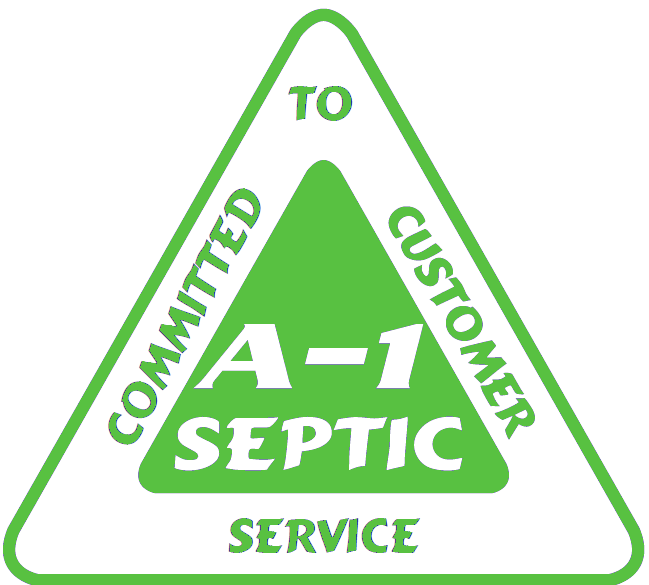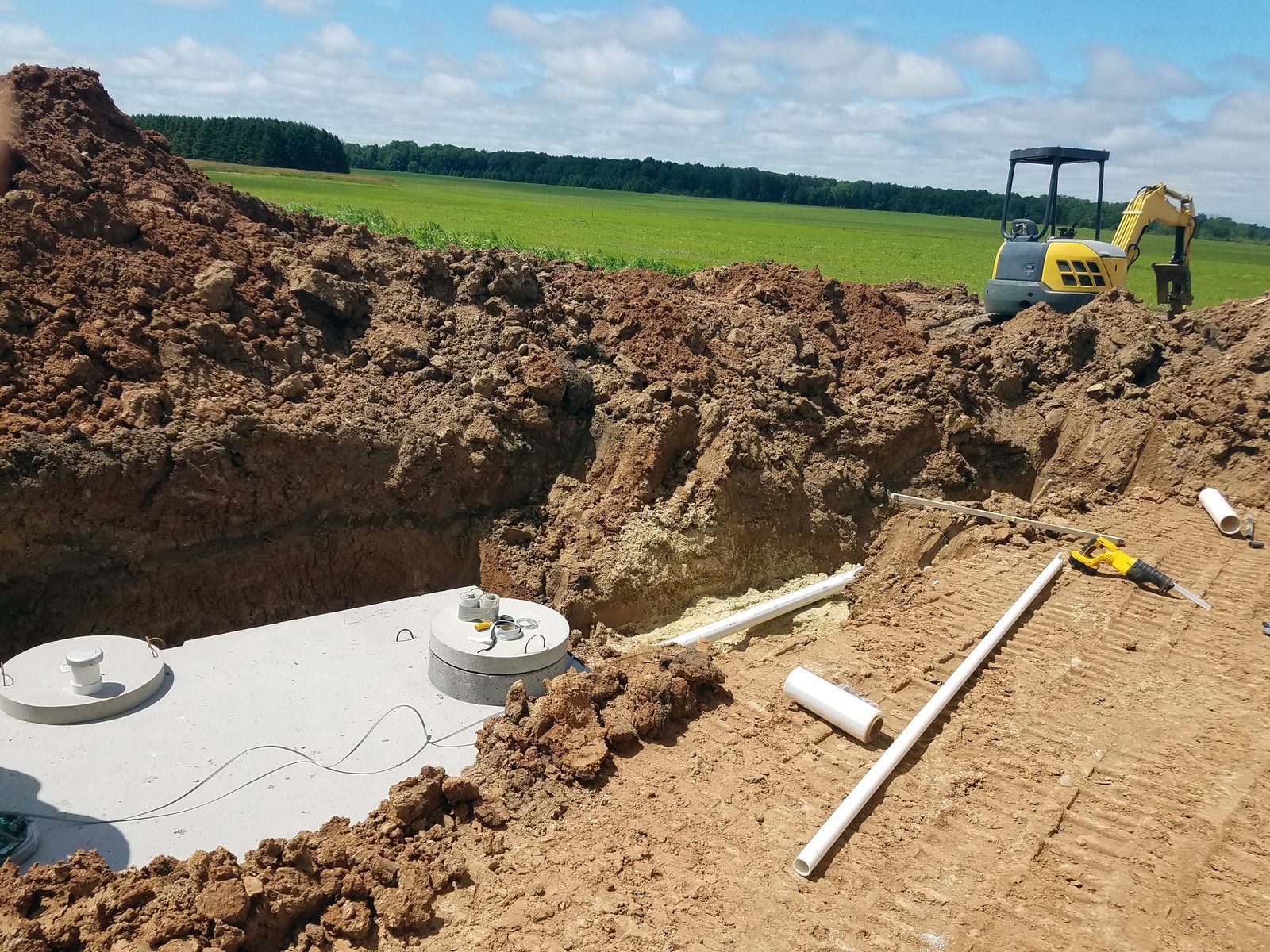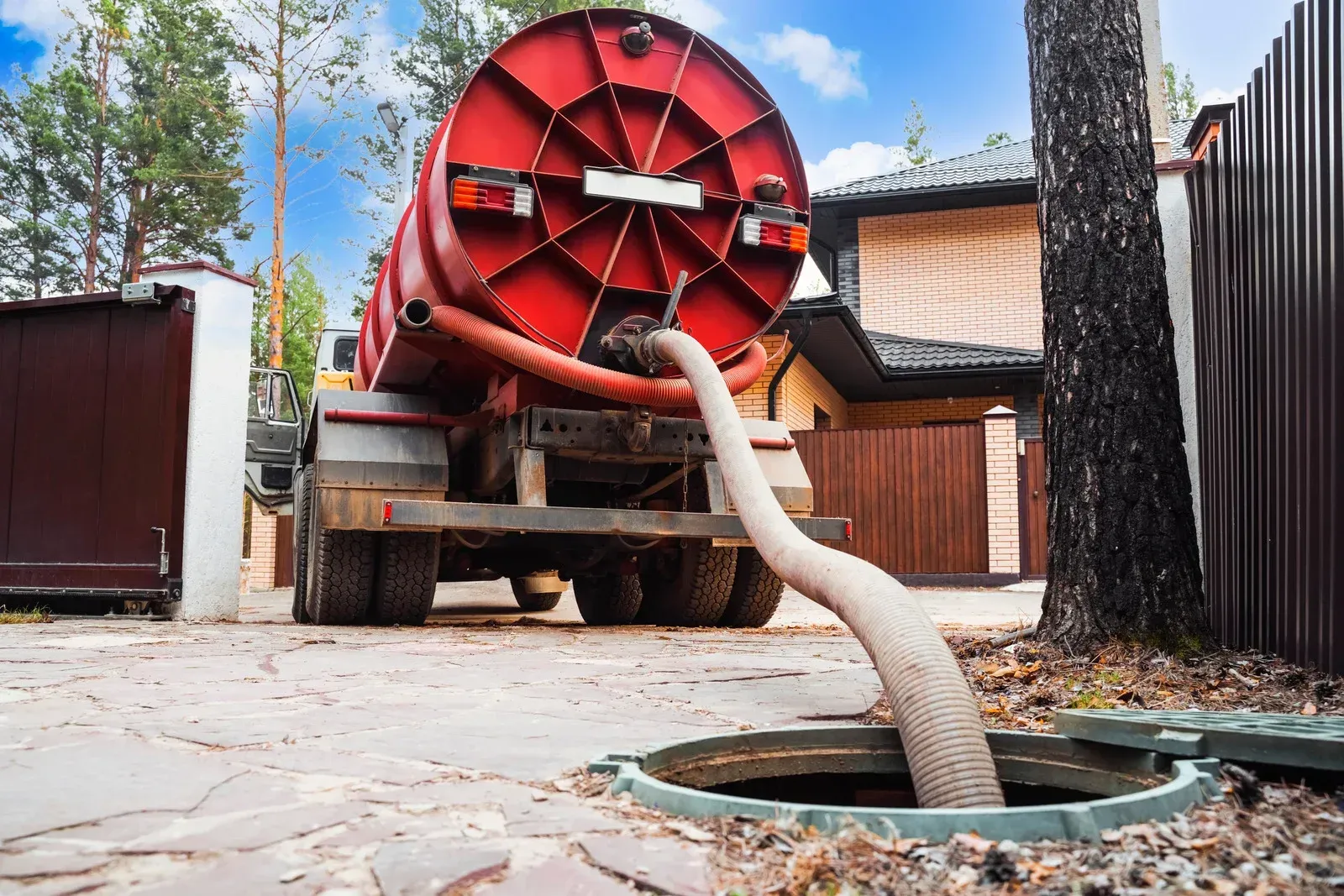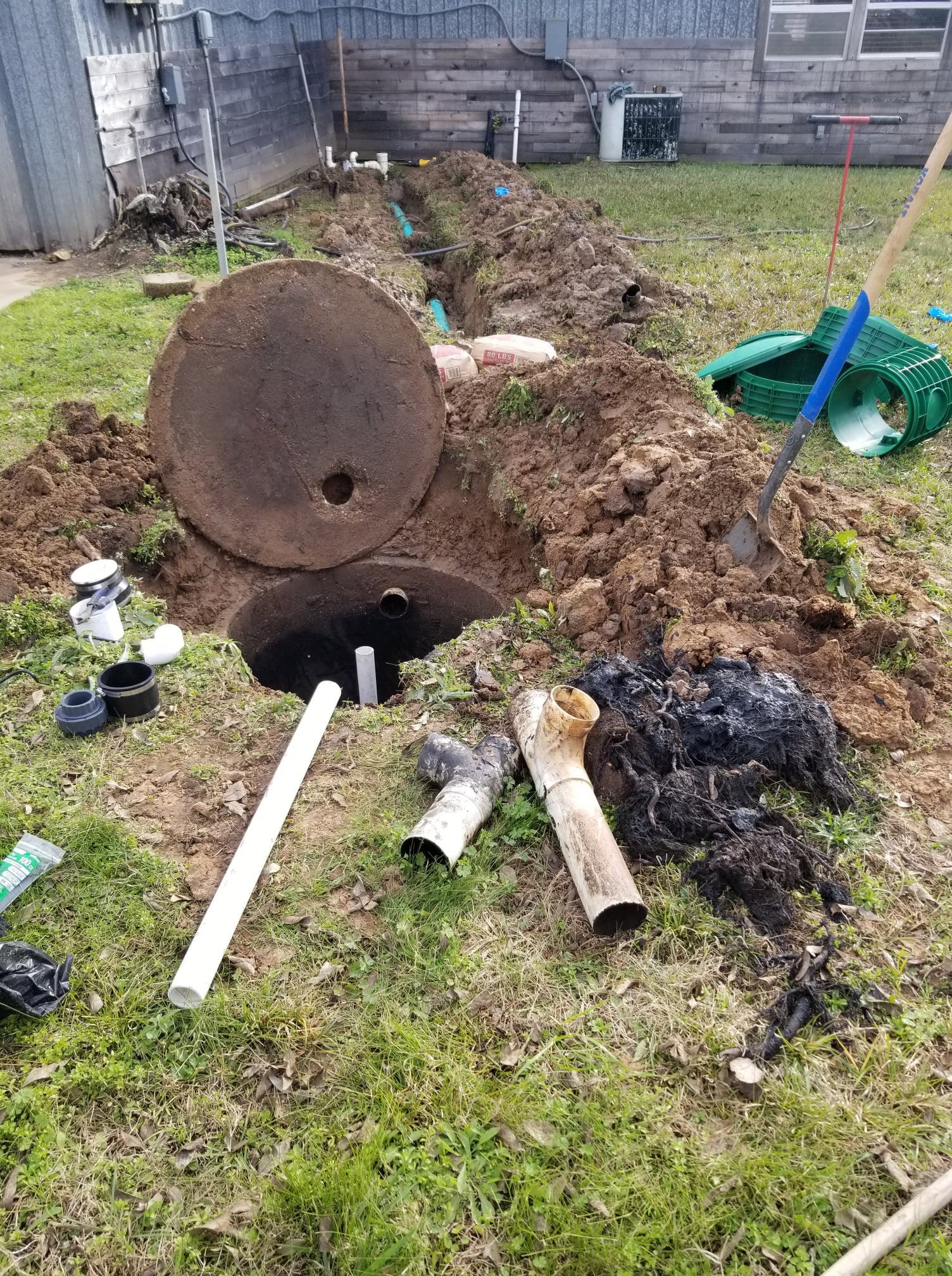The Powerful Impact of Soil Testing on Septic Tank Installation Success
Soil testing plays a crucial role in every successful septic tank installation because it determines how well wastewater will filter through the ground and return safely to the environment. Without proper testing, a new system may fail early, causing unpleasant odors, soggy lawns, and even groundwater pollution.
Many property owners underestimate how soil composition, texture, and absorption rate affect septic performance. Professional soil testing gives accurate data that guides design decisions, ensures compliance with regulations, and prevents costly mistakes. Before any installation begins, understanding the soil’s behavior is the most important step toward creating a system that works efficiently and lasts for decades.
Understanding Why Soil Testing Matters
Every septic system depends on the soil’s ability to absorb and treat liquid waste from the tank. If the ground cannot drain properly, wastewater may rise to the surface or flow into nearby water sources, creating health and environmental hazards.
Soil testing helps identify how much liquid the soil can safely absorb each day and how deep the system should be installed. Professionals use this data to decide the correct tank size and design that matches the site conditions. By understanding the natural limits of the land, installers can prevent overload and failure from the very start.
Determining Soil Texture and Composition
The structure of the soil, including the mix of sand, silt, and clay, affects how water moves through it. Sandy soil allows liquid to pass through quickly, while clay-heavy soil holds water for too long, increasing the risk of backups.
During soil testing, experts analyze samples to measure texture, consistency, and compactness. This analysis tells them how wastewater will travel and which type of septic system design will work best. The results also influence decisions about placement, drainage layout, and distance from buildings or wells.
Evaluating the Percolation Rate
One of the most important parts of soil testing is measuring the percolation rate, which determines how quickly water moves through the soil layers. Technicians dig small holes and fill them with water to see how fast it drains. The results reveal whether the soil can manage the daily wastewater load.
A slow percolation rate means the soil holds water too long, while a fast rate might mean waste passes through before proper filtration happens. With this knowledge, professionals adjust the design to balance flow and treatment effectively.
Ensuring Environmental Safety and Legal Compliance
Local authorities require soil testing before approving any septic installation because poor soil management can harm groundwater quality. By conducting proper testing, property owners meet legal requirements and protect nearby wells, ponds, and streams from contamination.
Soil data ensures that wastewater treatment happens naturally underground without polluting surrounding land. Following environmental rules not only avoids penalties but also promotes safer, cleaner communities.
Improving Long-Term System Efficiency
Accurate soil testing helps professionals design systems that perform efficiently for many years. When the system matches the site’s natural conditions, it needs less maintenance and faces fewer risks of failure. Over time, this saves homeowners money on repairs and pumping services. Well-tested soil provides strong support for consistent operation, making the investment worthwhile.
Conclusion
Soil testing forms the foundation of a successful septic tank installation by confirming drainage ability, guiding design choices, and maintaining environmental safety.
For precise and reliable septic solutions, property owners in Spring, Texas can trust A-1 Cleaning & Septic Systems, LLC, where every installation begins with expert soil testing and long-lasting results.





